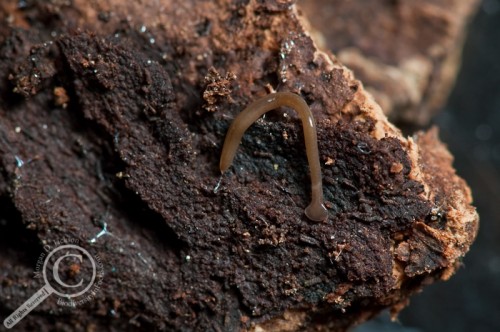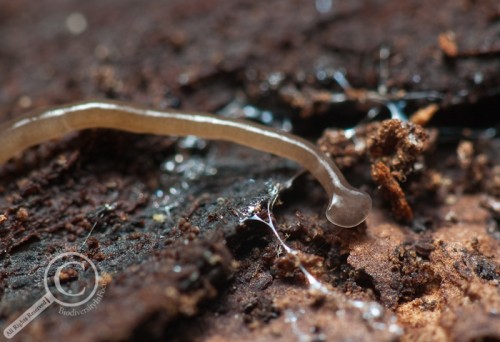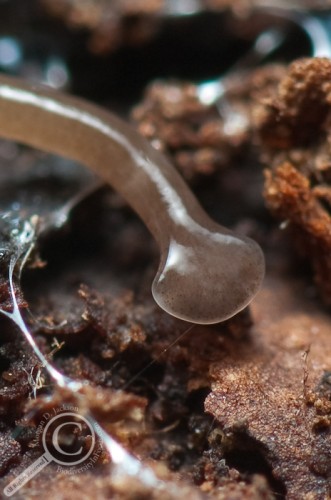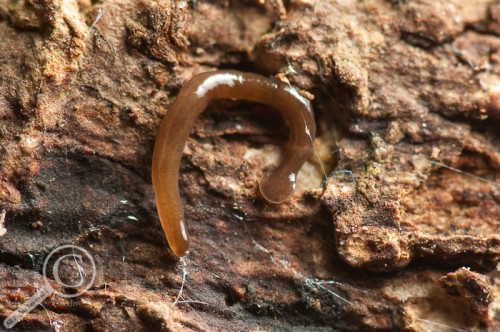One of the talks that drew the largest crowds at the 7th International Congress of Dipterology a few weeks ago was on the functional morphology and sexual selection in mating tsetse flies, Glossina pallidipes & Glossina swynnertonni (Glossinidae)*. Why was a talk on fly porn so popular you may ask? Well Dipterists in general are always on the lookout for mating opportunities (of their research subjects – get your mind out of the gutter) and with the promise of videos and a new technique, it was like a moth to a flame (so to speak). The videos were amazing, and as of last night were made available via YouTube for the world to see! (Explanation after the videos)
Full speed video of G. pallidipes:
Slow Motion video of G. pallidipes:
Slow motion video of G. swynnertonni:
So what’s going on here? These are x-ray videos of copulation made by the research team using a synchrotron facility in Europe. The female (the abdomen on the right) has been glued to a stage and the tip of her abdomen placed in the path of the beam of x-rays. Barry White is piped into the chamber, candles are lit, the lights are turned down low, and the male is released into the chamber to do his thing (his abdomen is on the left). When coupling begins the x-ray beam is turned on and we get a very intimate idea of mating in tsetse flies! What we see happening is the phallus of the fly is the part that is thrust in and out within the vagina of the female (easiest to see on the first slo-mo video), and is apparently stimulating the female with ornate, inflatable projections. Possibly he is attempting to make her receptive to his sperm. Meanwhile on the outside, the hook pressing the outside of the female’s abdomen is also involved in stimulation. In this case, experiments have shown that these stimuli induce the female to receive and transport sperm, to ovulate, and to reject future mating attempts by other males. These routines are hypothesized to be an evolutionary race between the males to be especially effective stimulators, with the female requiring just the right touch to accept the males sperm and use it to fertilize her eggs. Ejaculation occurs only after many minutes of rhythmic thrusting and squeezing (in G. pallidipes, in the last minute or two of an approximately 45 minute copulation).
To the best of my knowledge this is the first time that anyone has seen what’s happening inside, in real-time, during copulation in flies. A really amazing insight into the mojo of flies, and hopefully a technique that can be used more in the future to untangle the complicated world of fly genitalia!
Thanks to the research team for making this video available:
R. Daniel Briceño, William Eberhard, Ernesto Chinea-Cano, Dariusz Wegrzynek, and Tommy dos Santos Rolo
ICD7 Talk:
Species-specific behavioral differences in male tsetse fly genitalia revealed by x-ray videos – R.D. Briceño, W.G. Eberhard, E. Chinea-Cano, D. Wegrzynek, T. dos Santos Rolo. Presented to the ICD7 Aug. 11 2010, San Jose, Costa Rica.





